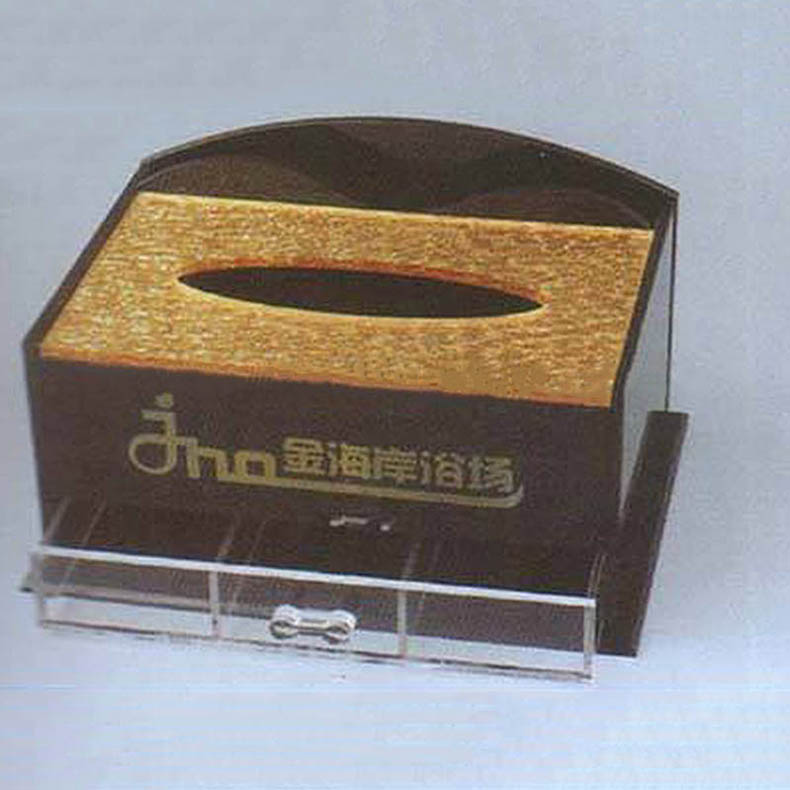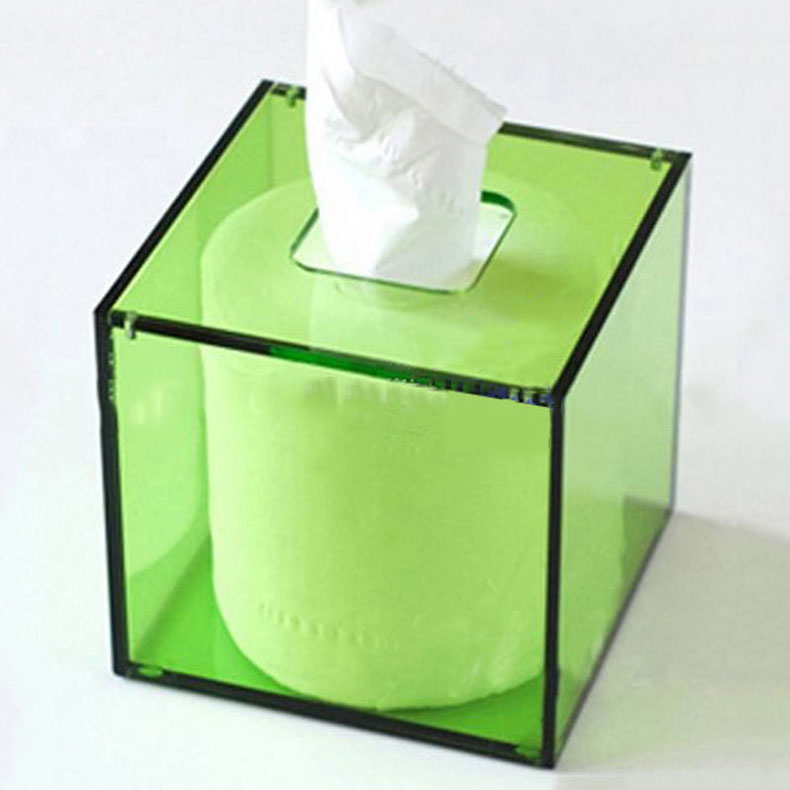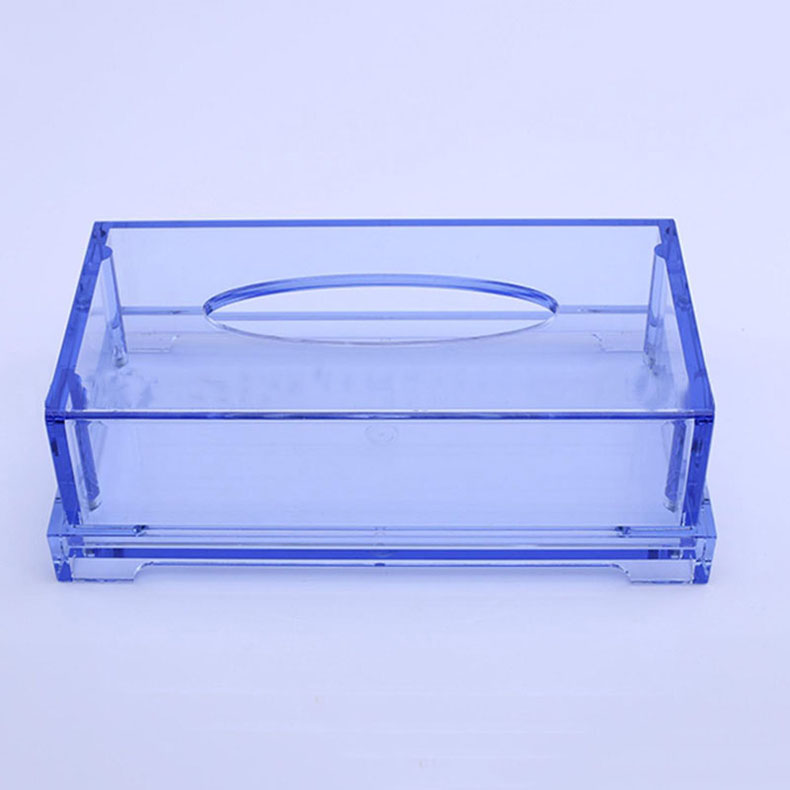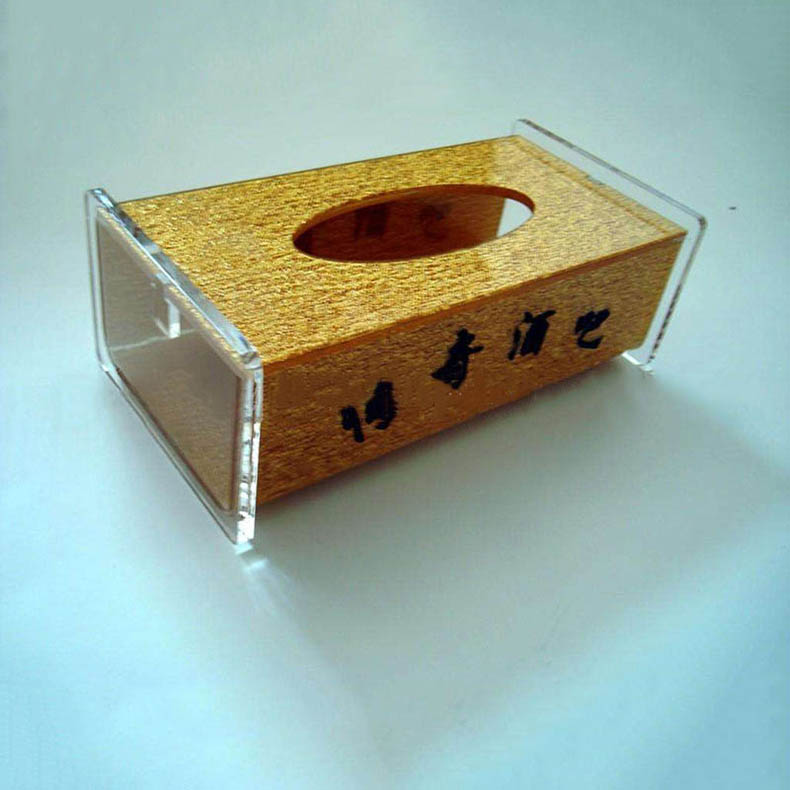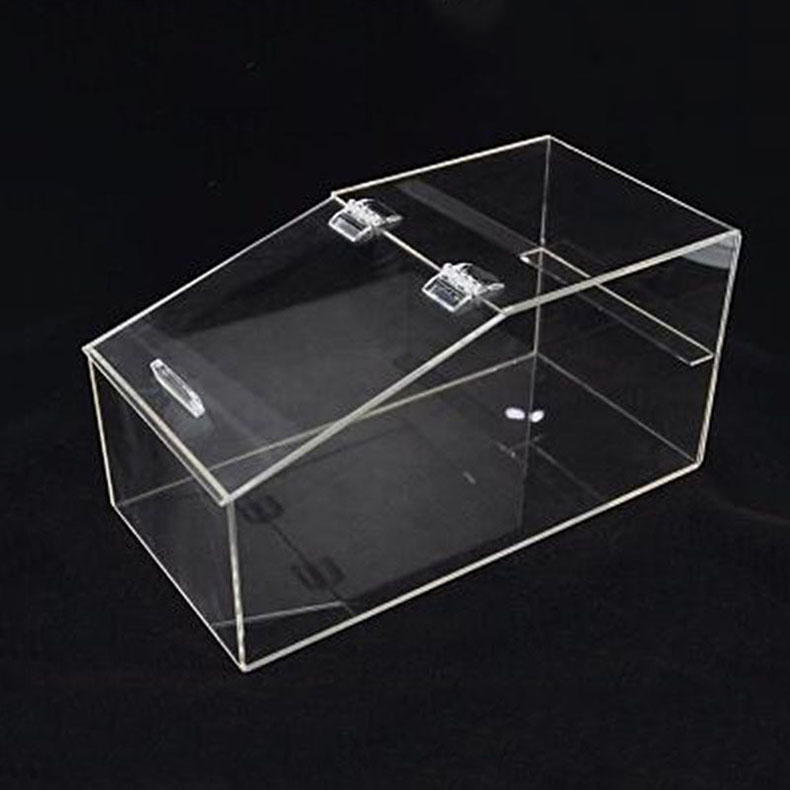In the realm of photography and artwork display, acrylic photo prints have gained considerable popularity due to their modern aesthetic and striking visual impact. However, as with any medium, there are both advantages and disadvantages to consider when evaluating whether acrylic prints are a suitable choice for displaying your cherished images. This article will explore the benefits, drawbacks, and overall quality of acrylic photo prints to provide a comprehensive understanding of this unique medium.
What Are Acrylic Photo Prints?
Acrylic photo prints are created by printing an image directly onto high-quality photographic paper and then mounting it behind a sheet of clear acrylic. The acrylic sheet not only serves as a protective layer but also enhances the colors and depth of the image, offering a sleek, contemporary finish. Acrylic prints come in various thicknesses, usually ranging from 1/4 inch to 1 inch, and can be displayed using various mounting options, including stand-offs, frameless mounts, or even hung directly on the wall.
Advantages of Acrylic Photo Prints
1. Stunning Visual Clarity
One of the most notable advantages of acrylic photo prints is the exceptional clarity and vibrancy they provide. The smooth, transparent nature of acrylic enhances the colors and sharpness of the printed image, resulting in a visually striking effect. This feature makes acrylic prints especially popular for displaying photos with rich colors or intricate details, such as landscapes, portraits, or artistic images.
2. Modern Aesthetic Appeal
Acrylic photo prints offer a modern and sleek appearance that complements contemporary home and office decor. Their minimalist design and glossy finish can easily blend into various interior styles, making them an attractive option for those looking to elevate their space. Because of their clean lines and polished look, acrylic prints can serve as striking focal points in any room.
3. Durability and Protection
Acrylic is a strong and lightweight material that provides a certain level of durability against daily wear and tear. Unlike traditional glass frames, which can shatter or break, acrylic is much less likely to cause injury if it falls. Additionally, the acrylic sheet offers protection against UV rays, which helps prevent colors from fading over time when displayed in sunlight. This long-lasting nature makes acrylic prints an appealing choice for preserving memories.
4. Easy to Clean
Maintaining acrylic photo prints is relatively simple. They can be easily cleaned using a microfiber cloth and a gentle cleaning solution to remove dust or fingerprints. Unlike certain other materials, acrylic does not require special care or extensive maintenance, making it a convenient option for busy individuals or families.
5. Lightweight and Easy to Hang
Acrylic prints are typically much lighter than glass-framed photographs, making them easier to handle and mount. This lightweight nature allows for versatile hanging options, including using standard picture hangers, adhesive strips, or specialized mounts. The ease of installation is an appealing aspect for those who like to frequently update their decor.
Disadvantages of Acrylic Photo Prints
Despite the numerous advantages of acrylic photo prints, there are also some significant drawbacks to consider:
1. Susceptibility to Scratches
One of the main concerns with acrylic prints is their susceptibility to scratching. While acrylic is stronger than glass, it can still be scratched by sharp objects or rough handling. This means that extra care is required when cleaning or moving acrylic prints. If scratches occur, they can detract from the print’s overall appearance, potentially leading to dissatisfaction.
2. Higher Cost
Acrylic photo prints tend to be more expensive than traditional prints or framed photos, mainly due to the materials and printing processes involved. While the cost can vary significantly depending on the size, thickness, and quality of the print, they are generally considered a premium product. For individuals or families on a tight budget, this might be a limiting factor when considering acrylic prints.
3. Temperature Sensitivity
Acrylic is a plastic material that can be sensitive to extreme temperatures. Prolonged exposure to high heat sources or direct sunlight can cause the acrylic to warp or bend. This can also impact the quality of the photograph displayed, as any distortion in the acrylic can lead to a degraded viewing experience. Placing acrylic prints in areas with fluctuating temperatures or high humidity, such as near windows or in kitchens, may result in adverse effects.
4. Limited Texture
Unlike canvas prints that add a tactile quality through visible texture, acrylic prints offer a smooth surface. While this sleek finish is desirable for many individuals, those who appreciate a more textured or organic feel may find acrylic prints lacking. For this reason, it might not be the best option for every image, particularly those that benefit from a more tactile presentation.
Comparing Acrylic Prints to Other Formats
When considering acrylic photo prints, it is beneficial to compare them to other popular printing formats:
1. Canvas Prints
Canvas prints offer a different aesthetic, featuring a textured surface that gives a more classic painting-like appearance. While canvas is often more affordable than acrylic, it lacks the clarity and vividness that acrylic prints provide. Additionally, canvas prints may not have the same level of durability or UV protection as acrylic options.
2. Metal Prints
Metal prints are another contemporary choice that delivers a modern look. They are coated with a glossy or matte finish that enhances colors, much like acrylic. However, metal prints often have a distinct industrial aesthetic that may not fit every decor style. Additionally, metal prints can be more expensive than acrylic prints, depending on the specifications.
3. Traditional Framed Prints
Traditional framed prints provide a classic look that appeals to many individuals. They offer various frame styles and materials, but they often do not boast the same level of clarity and vibrancy as acrylic. Moreover, depending on the frame type, traditional prints may require more care to prevent glass breakage or fading due to UV light exposure.
Conclusion: Are Acrylic Photo Prints Good?
In conclusion, whether acrylic photo prints are a good choice largely depends on individual preferences, decor needs, and budget considerations. For those seeking a modern, visually striking way to showcase their photography, acrylic prints can be an excellent option. Their vibrant colors, durability, and contemporary aesthetic make them appealing for home or office displays. However, potential buyers must also weigh the disadvantages, such as susceptibility to scratching, cost, and temperature sensitivity.
Ultimately, choosing the right printing medium for photographs should involve a consideration of the specific images being displayed and the desired aesthetic. For images that benefit from clarity and color vibrancy, acrylic prints are undoubtedly a strong contender. However, for those who prioritize budget or prefer a more textured finish, alternatives like canvas or traditional framed prints may be more suitable. Regardless of the choice made, the goal should always be to create a display that resonates with personal style and the essence of the imagery itself.



